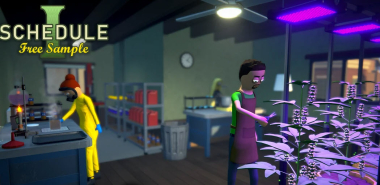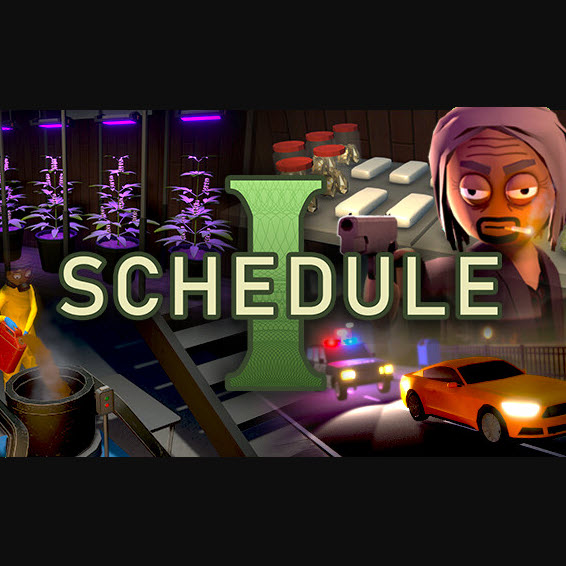Schedule I — The Kind of Horror We’ve Been Missing Since Silent Hill
I’m one of those gamers who still remembers the early Silent Hill, Alone in the Dark, and the first Resident Evil titles, when fear wasn’t about cheap jumpscares but about a creeping sense of dread and the unknown. And you know what? Schedule I brings those emotions right back. It doesn’t try to copy the classics but fully understands how to scare the right way — through atmosphere, subtle storytelling, and the unknown.
An Atmosphere That Breathes Old-School Survival Horror
Schedule I doesn’t look like a high-budget project with polished effects, but that’s exactly where its strength lies. This game breathes the same kind of anxious tension I felt in the early Silent Hill games. Rotten walls, endless corridors, and background noises that feel like whispers behind your back — it all works together to keep you constantly uneasy.
The graphics are deliberately grainy and subdued in color. Instead of being a flaw, it feels like a smart artistic choice. The visuals enhance that claustrophobic, hopeless atmosphere that old-school horror did so well.
A Story You Don’t Just Read — You Feel It
Like any good classic survival horror, the story in Schedule I isn’t handed to you. You piece it together through scattered notes, cryptic graffiti, and fragmented conversations. And that’s where its magic lies. I’ve always preferred games that let you uncover the narrative at your own pace. This one does it brilliantly.
There are no lengthy cutscenes or direct explanations — everything happens around you, and it’s up to you to decide what’s real and what’s a product of the protagonist’s fragile mind.
Old-School Gameplay Done Right
When it comes to gameplay, Schedule I sticks to the classic formula — and it works. No overcomplicated inventory systems, no bloated combat mechanics. Movement is simple, and the real challenge is in paying attention to your surroundings. The game doesn’t force you to fight every threat. Sometimes it’s better to hide or run. It’s survival through caution and smart choices, just like the old days.
Interestingly, while there are no official cheats (thankfully — it keeps the tension intact), the growing community has already produced a few handy mods. Some brighten certain areas, adjust difficulty levels, or improve visuals for modern systems.
Where and How to Play
Another big plus — Schedule I is available to download for free. It’s hosted on indie game platforms and official developer pages. Though designed for Windows, I had no problem running it on a Mac via emulator. It even works on Android through cloud gaming services, though iOS isn’t supported yet.
Even better, it runs unblocked through cloud platforms, making it a perfect choice for those stuck at school or work. And with its modest system requirements, it runs smoothly even on older laptops.
Why It’s Worth Your Time
This isn’t just a horror game you’ll play for a couple of nights — it’s a slow-burning, atmospheric experience that will stay with you. It revives the same feelings I had playing the first Resident Evil, when every hallway made you second-guess your next move.
How to Download and Install Schedule I
Schedule I can be downloaded for free from indie platforms and the developer’s official website. It’s lightweight, so download times are quick and hassle-free.
The game was built for Windows but can also run on Mac via emulators and on Android devices using cloud gaming services. It isn’t available for iOS or consoles at this time.
To install, download the archive file, extract it, and run the executable — no installer or extra software required.
Minimum system requirements: dual-core CPU, 2GB RAM, and integrated graphics. Mac requires macOS 10.13 or newer with similar hardware specs.
There are no official cheats included, but the growing modding community has released several modifications to tweak difficulty and visuals. Schedule I can also be played unblocked through cloud platforms in restricted environments like schools or workplaces, provided local policies allow it.























